
Is it okay to keep the dog in a cage every night
That moment when you see your new rescue pup finally settle into their crate for the night, breathing deeply in sleep, can bring immense relief
You’ve just spent 20 minutes scrubbing your pup with their favorite lavender shampoo, toweled them dry until their fur fluffs, and then—wait, that familiar stench is still there. It’s confusing, frustrating, and way too common for dog owners who follow all the “right” steps. More often than not, the issue isn’t with how you’re bathing them, but what’s hiding beneath their coat or in their skin.
One big culprit is trapped moisture, especially in dogs with thick or double coats like Huskies or Golden Retrievers. If you don’t blow-dry them thoroughly after a bath, water gets stuck close to the skin, creating a perfect environment for bacteria and yeast to grow. Those microbes are what cause that musty, unpleasant smell—even if your dog looks dry on the outside. This is extra important if you live in humid areas, where moisture lingers longer and can lead to more serious skin issues over time.
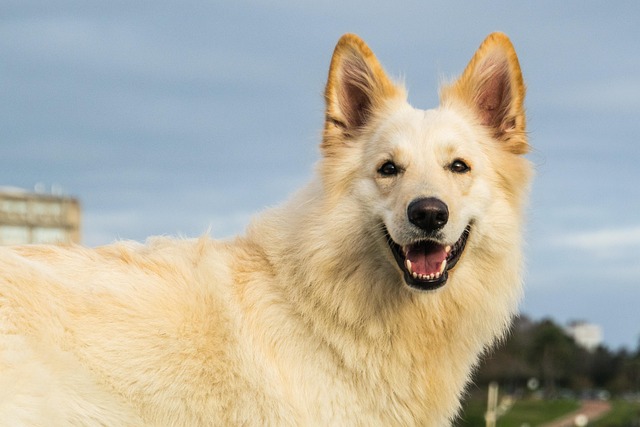 Another reason could be underlying skin conditions, which are more common than many owners realize. Things like seborrheic dermatitis or yeast infections often don’t show obvious signs like redness or itching at first, but they do produce a strong, distinct odor. If you’ve ruled out moisture and your dog still smells after bathing, it’s a good idea to check in with your vet—many skin issues need medicated shampoos or treatments to clear up, and ignoring them can make the problem worse.
Another reason could be underlying skin conditions, which are more common than many owners realize. Things like seborrheic dermatitis or yeast infections often don’t show obvious signs like redness or itching at first, but they do produce a strong, distinct odor. If you’ve ruled out moisture and your dog still smells after bathing, it’s a good idea to check in with your vet—many skin issues need medicated shampoos or treatments to clear up, and ignoring them can make the problem worse.
It’s also worth remembering local pet care regulations, which vary by state and country. For example, some areas require regular vet check-ups for dogs, which can help catch skin issues early before they lead to persistent odors. Additionally, using harsh or non-pet-safe shampoos (even if they smell great to you) can irritate your dog’s skin, disrupt their natural oil balance, and actually make odors worse over time. Stick to shampoos labeled for canine use—your vet can recommend brands that work best for your dog’s coat type.
At the end of the day, figuring out why your dog stinks after a bath is about paying attention to the small details: how thoroughly you dry them, the products you use, and any subtle changes in their skin or behavior. By addressing these factors early, you’ll not only get rid of that unwanted smell but also keep your dog’s skin healthy and happy. And if you’re ever unsure, your vet is always the best resource to help you find a solution that works for both you and your pup.

That moment when you see your new rescue pup finally settle into their crate for the night, breathing deeply in sleep, can bring immense relief
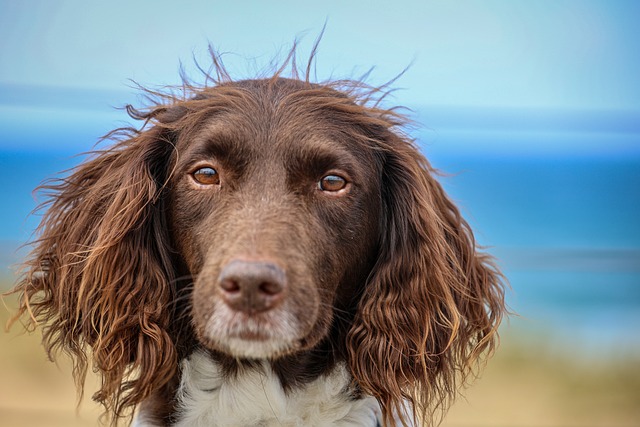
When your vet mentions deworming at your dog’s checkup, or you spot a stray flea during a post-walk brush—you might find yourself second-guessing how often you really need to act.
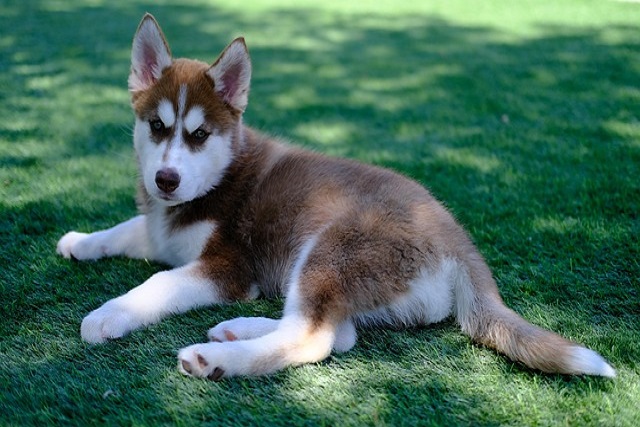
I’ll open with a scenario every new U.S. dog parent faces: You’re midway through a grocery run in Denver, staring at the pet food aisle—bags tout “grain-free,”
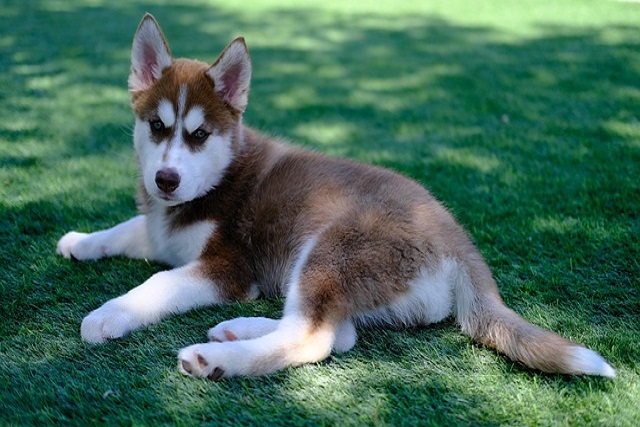
You’ve just brought home your new rescue Labrador, and as dinner time approaches, you find yourself staring at the food bag wondering: should you feed once, twice, or free-feed?
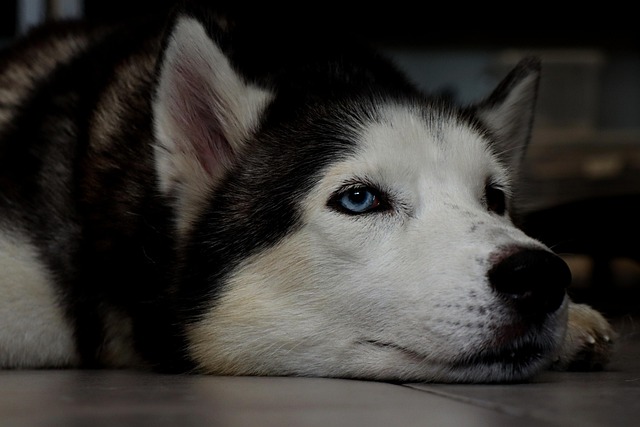
I’ll begin with a scenario familiar to new U.S. dog parents: You’re unpacking groceries from your Miami Whole Foods, and a vibrant pink dragon fruit rolls onto the counter.
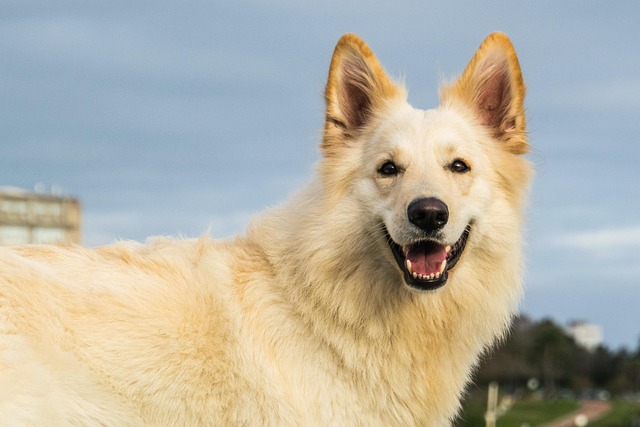
You’ve just spent 20 minutes scrubbing your pup with their favorite lavender shampoo, toweled them dry until their fur fluffs, and then—wait, that familiar stench is still there.